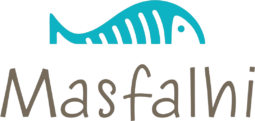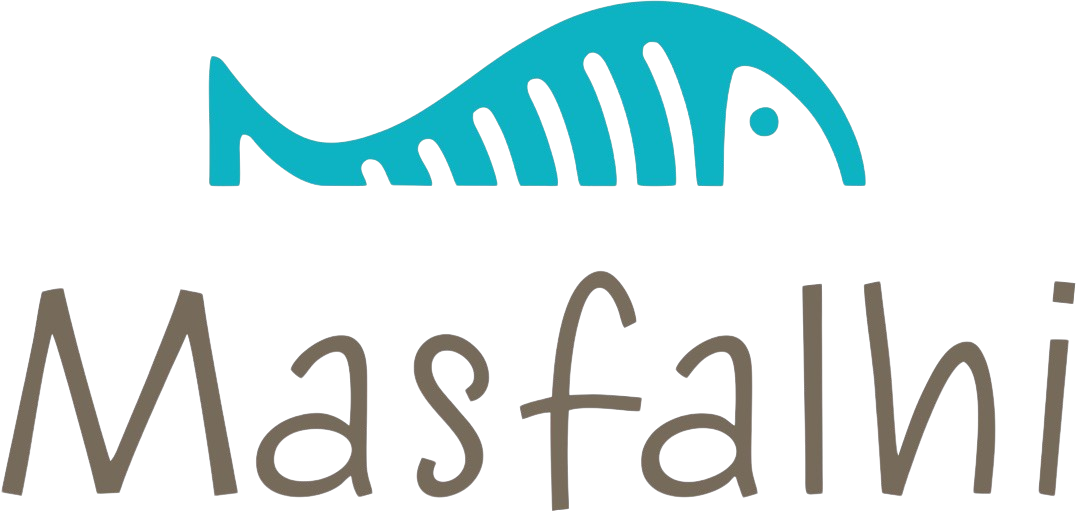What’s the Difference Between NLP, NLU, and NLG?
Businesses worldwide are already relying on NLU technology to make sense of human input and gather insights toward improved decision-making. In this step, the system looks at the relationships between sentences to determine the meaning of a text. This process focuses on how different sentences relate to each other and how they contribute to the overall meaning of a text. For example, the discourse analysis of a conversation would focus on identifying the main topic of discussion and how each sentence contributes to that topic. These tools and platforms, while just a snapshot of the vast landscape, exemplify the accessible and democratized nature of NLU technologies today.
In the most basic terms, NLP looks at what was said, and NLU looks at what was meant. People can say identical things in numerous ways, and they may make mistakes when writing or speaking. They may use the wrong words, write fragmented sentences, and misspell or mispronounce words. NLP can analyze text and speech, performing a wide range of tasks that focus primarily on language structure. However, it will not tell you what was meant or intended by specific language.
And it’s perfect for beginners
While speech recognition captures spoken language in real-time, transcribes it, and returns text, NLU goes beyond recognition to determine a user’s intent. Speech recognition is powered by statistical machine learning methods which add numeric structure to large datasets. In NLU, machine learning models improve over time as they learn to recognize syntax, context, language patterns, unique definitions, sentiment, and intent.
They work together to create intelligent chatbots that can understand, interpret, and respond to natural language queries in a way that is both efficient and human-like. NLP, NLU, and NLG are different branches of AI, and they each have their own distinct functions. NLP involves processing large amounts of natural language data, while NLU is concerned with interpreting the meaning behind that data.
Orchestrating Data Analytics with Databricks
NLU plays a crucial role in dialogue management systems, where it understands and interprets user input, allowing the system to generate appropriate responses or take relevant actions. NLU goes beyond literal interpretation and involves understanding implicit information and drawing inferences. It takes into account the broader context and prior knowledge to comprehend behind the ambiguous or indirect language. Language generation is used for automated content, personalized suggestions, virtual assistants, and more. Systems can improve user experience and communication by using NLP’s language generation. Customer feedback, brand monitoring, market research, and social media analytics use sentiment analysis.
NLU technologies continue to evolve rapidly, driven by advances in deep learning, the availability of large-scale datasets, and ongoing research efforts. NLP and NLU technologies are essential for natural language processing applications such as automatic speech recognition, machine translation, and chatbots. By working together, NLP and NLU technologies can interpret language and make sense of it for applications that need to understand and respond to human language. In this case, NLU can help the machine understand the contents of these posts, create customer service tickets, and route these tickets to the relevant departments. This intelligent robotic assistant can also learn from past customer conversations and use this information to improve future responses. NLG is another subcategory of NLP that constructs sentences based on a given semantic.
Solutions for Human Resources
The difference between natural language understanding and natural language generation is that the former deals with a computer’s ability to read comprehension, while the latter pertains to a machine’s writing capability. Human language is rather complicated for computers to grasp, and that’s understandable. We don’t really think much of it every time we speak but human language is fluid, seamless, complex and full of nuances. What’s interesting is that two people may read a passage and have completely different interpretations based on their own understanding, values, philosophies, mindset, etc. You see, when you analyse data using NLU or natural language understanding software, you can find new, more practical, and more cost-effective ways to make business decisions – based on the data you just unlocked.
It is a way that enables interaction between a computer and a human in a way like humans do using natural languages like English, French, Hindi etc. Natural language understanding (NLU) is a subfield of natural language processing (NLP), which involves transforming human language into a machine-readable format. In order for systems to transform data into knowledge and insight that businesses can use for decision-making, process efficiency and more, machines need a deep understanding of text, and therefore, of natural language.
There are many downstream NLP tasks relevant to NLU, such as named entity recognition, part-of-speech tagging, and semantic analysis. These tasks help NLU models identify key components of a sentence, including the entities, verbs, and relationships between them. The results of these tasks can be used to generate richer intent-based models.
- This will empower your journey with confidence that you are using both terms in the correct context.
- Logic is applied in the form of an IF-THEN structure embedded into the system by humans, who create the rules.
- As seen in Figure 3, Google translates the Turkish proverb “Damlaya damlaya göl olur.” as “Drop by drop, it becomes a lake.” This is an exact word by word translation of the sentence.
Read more about https://www.metadialog.com/ here.


